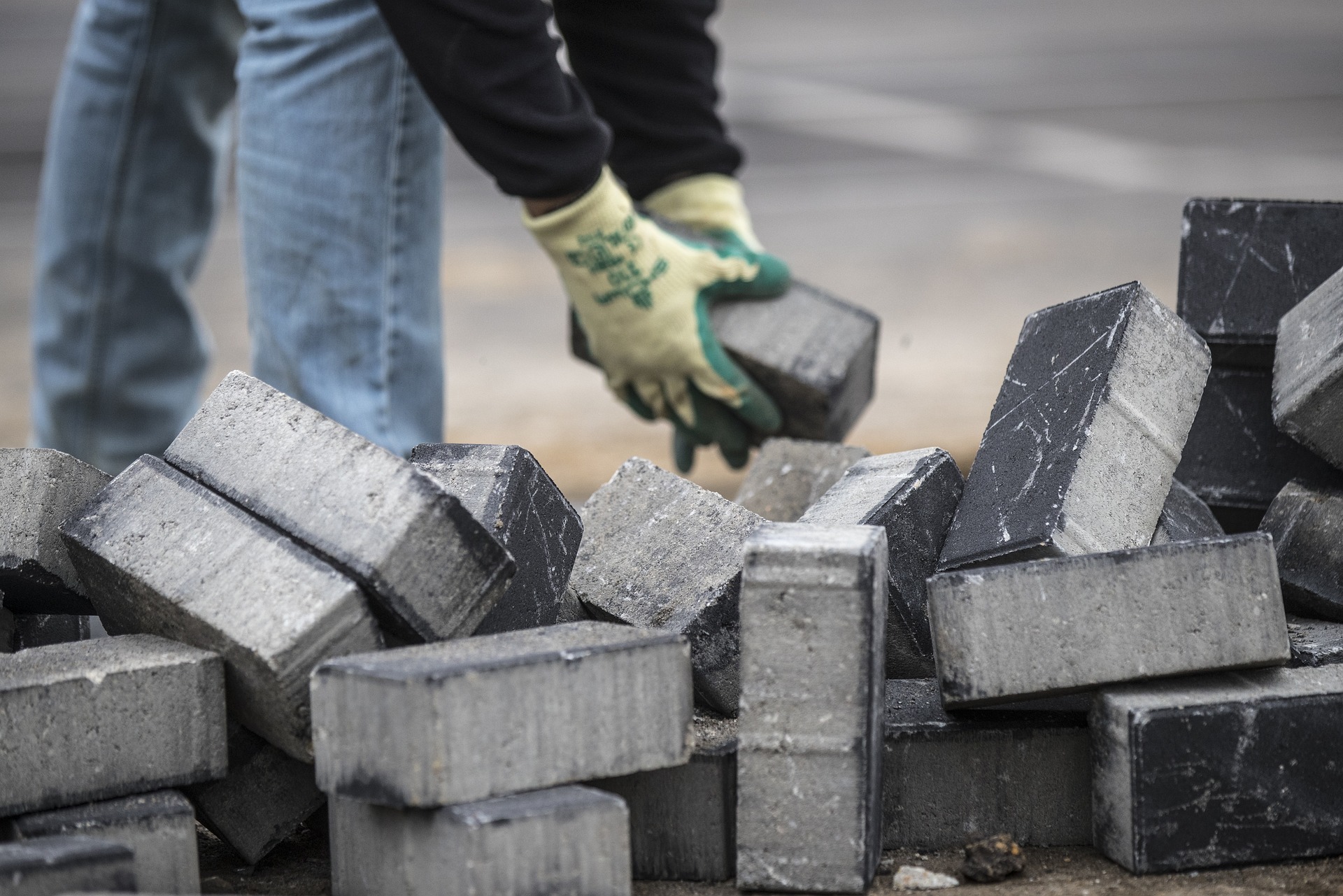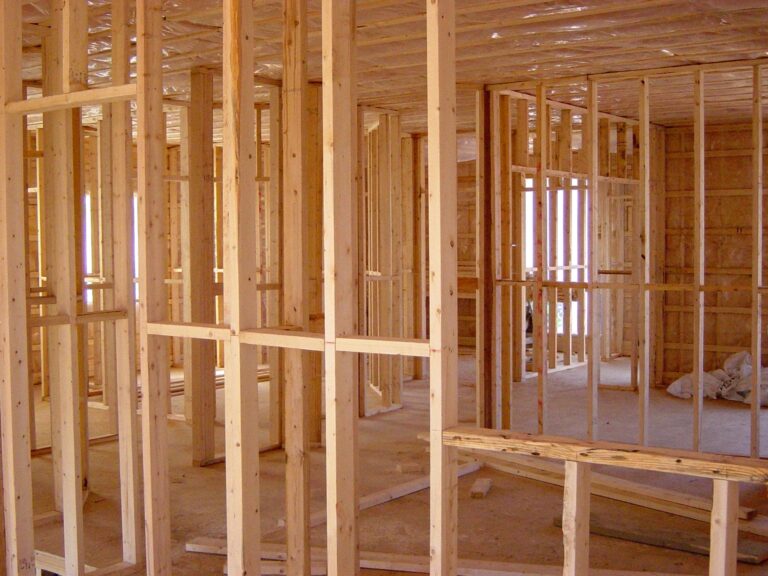Labourer
What Do Construction Laborers Do?
A construction laborer works with their hands in a variety of construction work. Some of their tasks include digging holes, ditches, and trenches; mixing concrete; painting and plastering; and installing drywall. They help to build and maintain buildings and infrastructure such as roads and highways. They also set up and clean up work sites. Construction laborers work in a variety of settings. Some work outdoors, while others work indoors, at great heights, or underground.
It is vital that construction laborers follow safety procedures. Many construction sites include dangerous equipment and terrain, and sites may pose a potential hazard not only for construction laborers, but pedestrians around the work site as well. Construction sites must be kept clean and free of unwanted materials to reduce the potential for injuries. Construction laborers working on the ground near heavy machinery must also be sure that the machinery operators have visual contact with them at all times.
A construction laborer’s required training and experience depends on the job’s complexity. The basic criteria for residential and commercial postings typically include the following:
Duties/Responsibilities:
- Cuts and shapes structures, forms, or other fixtures from wood, plastic, fiberglass, or drywall.
- Creates wooden forms for pouring concrete or for tunnels, bridges, or sewer construction projects.
- Erects and dismantles scaffolding.
- Installs windows and doors.
- Adheres to local building and safety codes and guidelines.
- Performs other related duties as assigned.
Required Skills/Abilities:
- Ability to understand directions and read blueprints.
- Ability to solve mathematical problems quickly and accurately.
- Ability to properly care for and use tools of the trade.
- Works well as part of a team.
Education and Experience:
- Successful completion of vocational school or technical college or apprenticeship program; OR at least three years of experience via on-the-job training required.
Physical Requirements:
- Prolonged periods standing, climbing, bending, and kneeling.
- Must be able to safely work with sharp tools or power equipment.
- Must be able to work in a variety of weather conditions and terrains.
- Must have manual dexterity, a good sense of balance, and excellent hand-eye coordination.


